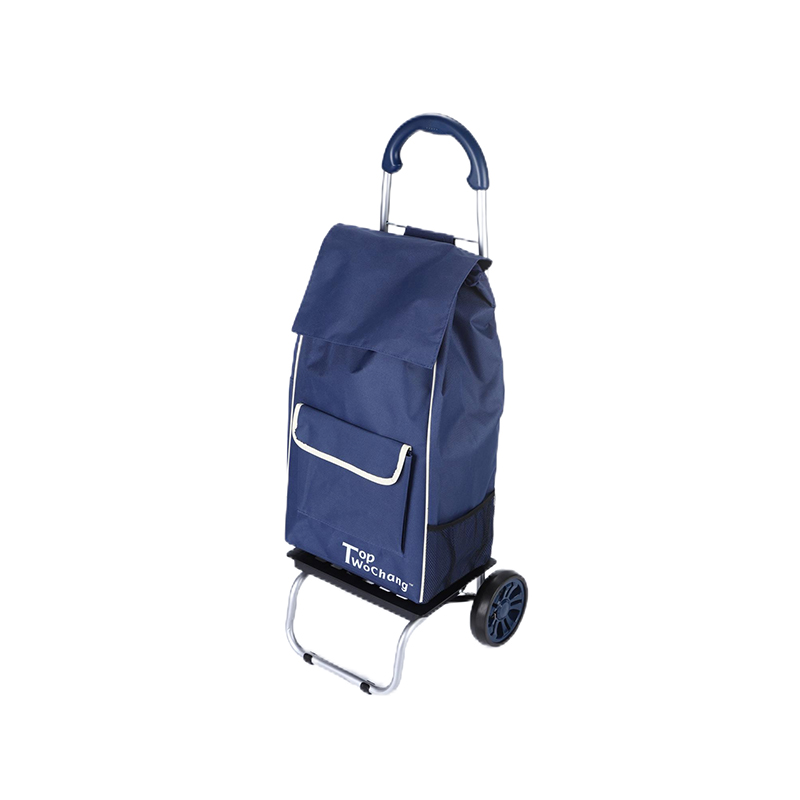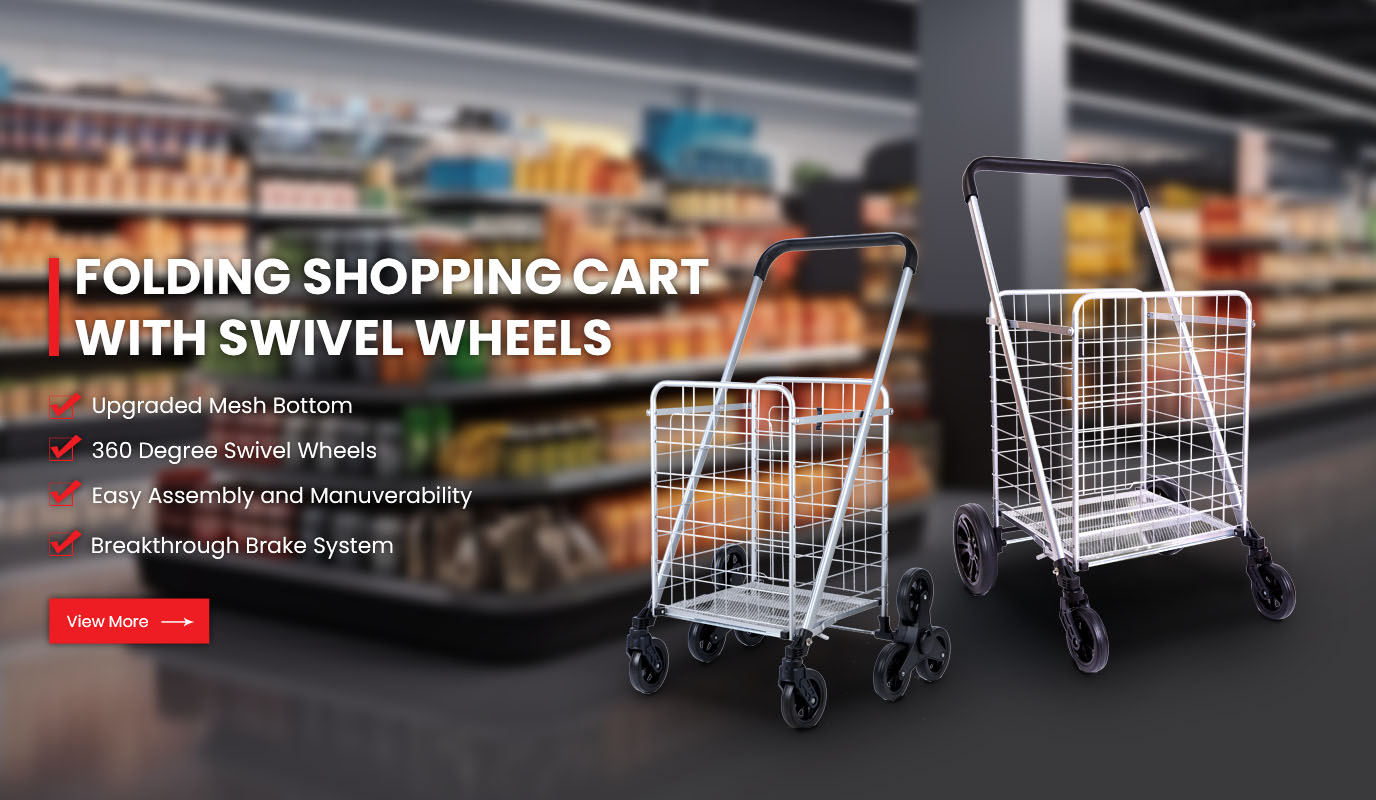Cost-Benefit Analysis of Shopping Cart Selection
Regional market demand: Differentiated choices in North America, Europe, and Southeast Asia
1. North American market: heavy demand and high customer unit price
North American consumers prefer large-capacity, high-load-bearing Shopping Carts, especially in warehouse-style supermarkets, where the single purchase volume often reaches more than 50 kilograms. Therefore:
Iron frame dominance: accounting for more than 75%, the cost of each vehicle is controlled at US$25-35, the selling price is US$50-70, and the gross profit margin is about 40%.
Aluminum penetration: limited to high-end supermarkets, the foldable shopping bag trolley made of aluminum is priced at more than US$120, focusing on environmental protection and convenience.
2. European market: environmental regulations drive lightweighting
The EU's "Circular Economy Action Plan" requires that plastic packaging be 100% recyclable by 2030, and aluminum is the first choice because of its recyclability:
Aluminum accounts for 60%: German supermarket chains such as Aldi and Lidl have completely replaced iron shopping carts, and the carbon emissions of aluminum carts during their life cycle are 45% lower than those of iron carts.
Folding carts explode: The annual growth rate of foldable shopping bag trolleys reaches 18%, meeting the public transportation carrying needs of urban residents.

3. Southeast Asian market: cost sensitivity and terrain adaptation
The Southeast Asian market is extremely sensitive to prices and has complex terrain:
Iron frames account for 90%: the cost of a single vehicle is reduced to US$15-20, but it is easy to rust, resulting in an average lifespan of only 2 years.
Innovation in mixed materials: Vietnamese manufacturers try the combination of "iron frame + PP wheel", which is 10% lower in cost than the full iron frame and extends the lifespan to 3 years.
Cost-effectiveness comparison: the full life cycle account book of aluminum and iron frame
1. Use cost
Maintenance cost: Aluminum carts do not need rust prevention treatment, and the annual maintenance cost is US$0.5/car; iron frame carts need regular repainting, and the annual maintenance cost is US$3/car.
Life comparison: The average life of aluminum carts is 8 years, and that of iron frame carts is 4 to 6 years.
Residual value recovery: The recycling price of aluminum is about US$1.5/car, and that of iron frame is US$0.3/car.
Regional material selection strategy: technical adaptation and profit maximization
1. North America: Iron frame is the main one, and aluminum supplements high-end
Strategy: Mainly promote iron frame carts, with a profit margin of 35%-40%; launch aluminum foldable shopping bag trolleys for high-end customers, with a premium of US$150.
2. Europe: Aluminum-dominated, compliance first
Strategy: Use recycled aluminum to meet the EU Ecodesign Directive; foldable design is suitable for urban logistics
3. Southeast Asia: Iron frame upgrade, mixed material breakthrough
Strategy: Iron frame + PP wheel combination, cost control at $18/vehicle; introduce simple folding function to improve cost performance.
Future trend: Lightweight and intelligent integration
Material innovation: Magnesium alloy or carbon fiber may subvert the existing pattern, but the cost needs to be reduced to less than 1.5 times that of aluminum.
Intelligent addition: Foldable shopping bag trolley with integrated weighing sensor and GPS positioning, the premium ability is increased by 50%.
Circular economy: Establish a "trade-in" system, and recycling and remanufacturing of aluminum can reduce carbon emissions by 30%.
The game between aluminum and iron frame is essentially a balance between "lightweight technology" and "cost efficiency". North America focuses on cost, Europe focuses on compliance, and Southeast Asia focuses on adaptability - only by accurately matching regional needs can we take the lead in the global shopping cart market.



